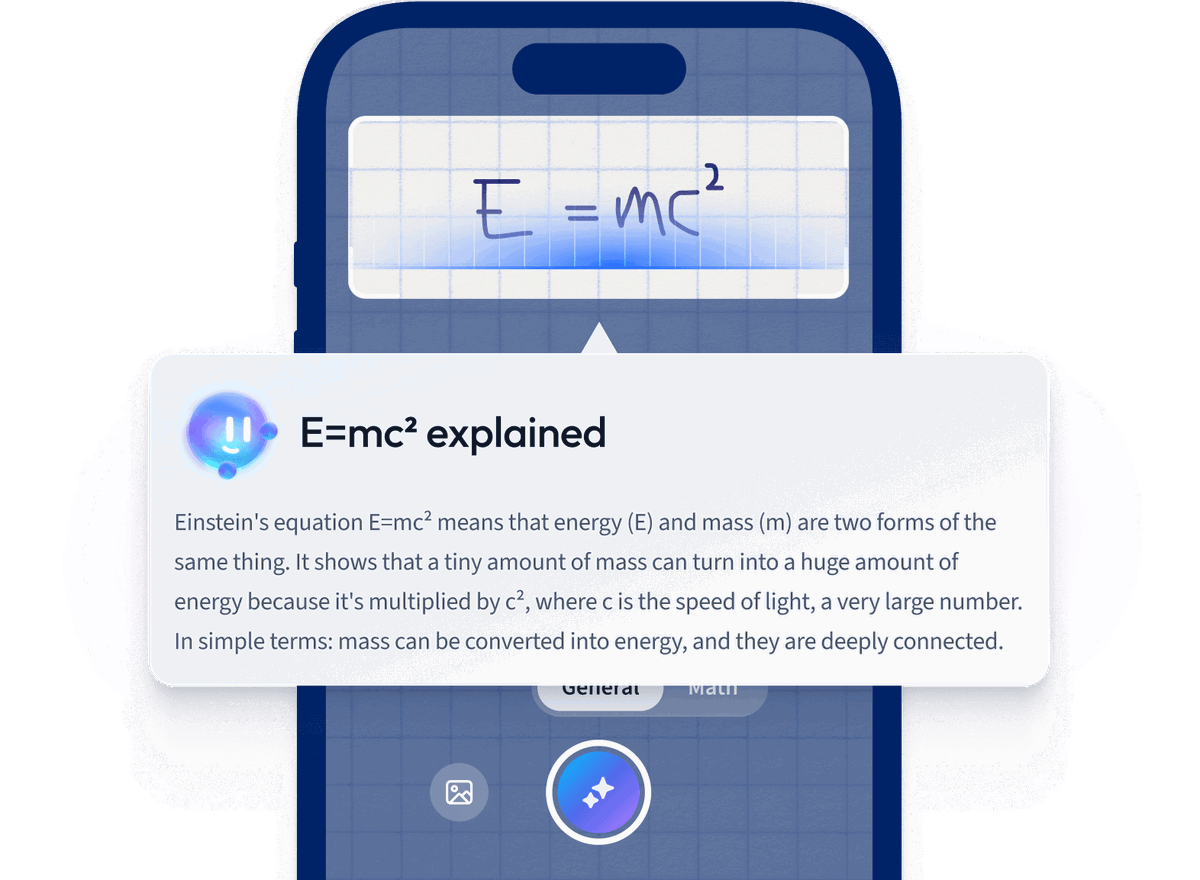Antiquarks and baryon numbers
The baryon number indicates if you have a particle or an antiparticle. See the following table showing the negative quarks that make up antimatter.
| Table 1. Negative quarks: symbols, electrical charge, Baryon numbers, strange numbers. |
|---|
| Particle | Symbol | Electrical charge | Baryon number | Strange number |
| Anti up | \(\bar{u}\) | -⅔ | -⅓ | 0 |
| Anti down | \(\bar{d}\) | + ⅓ | -⅓ | 0 |
| Anti strange | \(\bar{s}\) | + ⅓ | -⅓ | +1 |
| Anti charm | \(\bar{c}\) | -⅔ | -⅓ | 0 |
| Anti top | \(\bar{t}\) | -⅔ | -⅓ | 0 |
| Anti bottom | \(\bar{b}\) | + ⅓ | -⅓ | 0 |
Antimatter and pair creation
The creation of antimatter occurs in the pair creation process. This happens when matter collides with a high-energy photon. The collision emits two particles, one made of matter, while the other is the antiparticle.
 Figure 1. A high-energy photon collides with a nucleus, producing a positron and an electron. This also creates a particle-antiparticle pair. Source: Manuel R. Camacho, StudySmarter.
Figure 1. A high-energy photon collides with a nucleus, producing a positron and an electron. This also creates a particle-antiparticle pair. Source: Manuel R. Camacho, StudySmarter.
Antimatter quark composition
Antiquarks make up antimatter. They are the particles that make up antiprotons and antineutrons, which contain three antiquarks. Their symbol is as follows:
\[\text{Antimatter quark symbol} = \overline {qqq}\]
The composition of antiprotons and antineutrons is as follows:
Antiproton
As this has a charge of -1, the combined charge of the antiquarks that compose the antiproton must be -1. This requires two anti-up quarks and one anti-down quark.
\[\text{antiproton} = \overline{udu}\]
The antiproton charge is determined by the addition of the three antiquarks.
\[\text{antiproton charge} = -\frac{2}{3} + \frac{1}{3} -\frac{2}{3} = -1\]
The charge value indicates that you are dealing with an antiproton. Antiprotons and antineutrons can be classified as baryons, which consist of antiquarks with a baryon value of -1. See the following addition of the baryon numbers for the antiproton.
\[\text{antiproton} = -\frac{1}{3} -\frac{1}{3} -\frac{1}{3} = -1\]
A baryon number of -1 indicates that you are dealing with a baryon made up of antimatter.
Antineutron
As this has a charge of 0, the combined charge of the antiquarks must be zero. This requires two anti-down quarks and one anti-up quark.
\[\text{antineutron} = \overline{dud}\]
The addition of the charges of the three antiquarks is as follows:
\[\text{antineutron charge} = \frac{1}{3} - \frac{2}{3} + \frac{1}{3} = 0\]
The total charge indicates that you are dealing with an antineutron. Adding the antineutron’s baryon numbers must give you a value of -1.
\[\text{antineutron} = -\frac{1}{3} - \frac{1}{3} -\frac{1}{3} = -1\]
A baryon number of -1 indicates that you are dealing with a baryon made up of antimatter.
 Figure 2. A proton and an antiproton’s quark composition. The antiproton has the same mass but a negative charge. Source: Manuel R. Camacho, StudySmarter.
Figure 2. A proton and an antiproton’s quark composition. The antiproton has the same mass but a negative charge. Source: Manuel R. Camacho, StudySmarter.
Pion minus and kaon minus hadrons
Quarks can combine with antiquarks, creating a matter-antimatter duo. The pion minus and the kaon minus hadrons are two examples. The pion minus and the kaon minus are the results of the combination of an anti-up and a down quark.
- Pion minus: a combination of an anti-up quark with a charge of -⅔ and a down quark with a charge of -⅓ and thus a total charge of -1.
- Kaon minus: a combination of an anti-up quark with a charge of -⅔ and a strange quark with a charge of - ⅓ and thus a total charge of -1.
The pion plus and the kaon plus quarks have a baryon number of 0, indicating that they are a combination of matter and antimatter.
Antiquark - Key takeaways
- Antimatter consists of antiparticles such as antiquarks, which compose the antineutrons and antiprotons.
- Antiquarks have a charge value of -⅔ or + ⅓.
- A combination of three antiquarks composes an antineutron or an antiproton. Their respective charge is 0 or -1.
- There are also particles with a negative charge composed of quarks and antiquarks, which are called pion minus and kaon minus.
How we ensure our content is accurate and trustworthy?
At StudySmarter, we have created a learning platform that serves millions of students. Meet
the people who work hard to deliver fact based content as well as making sure it is verified.
Content Creation Process:
Lily Hulatt is a Digital Content Specialist with over three years of experience in content strategy and curriculum design. She gained her PhD in English Literature from Durham University in 2022, taught in Durham University’s English Studies Department, and has contributed to a number of publications. Lily specialises in English Literature, English Language, History, and Philosophy.
Get to know Lily
Content Quality Monitored by:
Gabriel Freitas is an AI Engineer with a solid experience in software development, machine learning algorithms, and generative AI, including large language models’ (LLMs) applications. Graduated in Electrical Engineering at the University of São Paulo, he is currently pursuing an MSc in Computer Engineering at the University of Campinas, specializing in machine learning topics. Gabriel has a strong background in software engineering and has worked on projects involving computer vision, embedded AI, and LLM applications.
Get to know Gabriel













